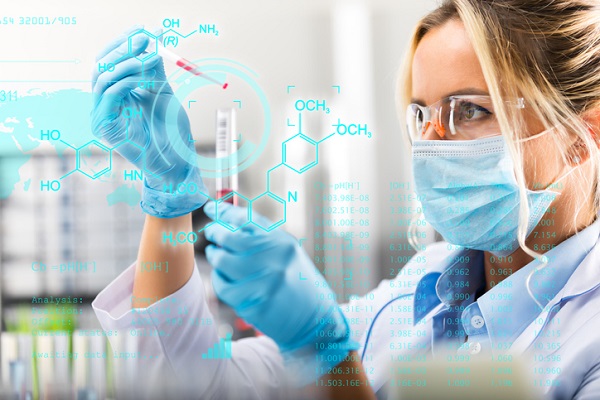Pharmacokinetics (PK) and pharmacodynamics (PD) are two core concepts of pharmacology and they are especially important for drug safety and pharmacovigilance. These concepts tell researchers a lot about how drugs move in and interact with the human body, which in turn helps scientists, doctors, and pharmacists know how drugs can be used safely by patients.
Below we will compare PK and PD and take a look at why they are both so important for creating safe and effective pharmaceuticals.
Both PK and PD Are Equally Important for Pharmacovigilance Certificate Students to Know
Both PK and PD are considered to be the two very broad categories that together make up pharmacology. For this reason, both PK and PD are similar in the sense that they each look at aspects of the interaction between drugs and humans.
This similarity is why PK and PD are both equally important for those who are taking a pharmacovigilance certificate. By understanding PK and PD, researchers get a better understanding of the benefits and potential risks of individual drugs, which help them better plan clinical trials, make dosage recommendations, and more.
Pharmacokinetics Focuses on How Drugs Move in and Through the Body
However, PK and PD are different in that they are concerned with two different sides of pharmacology. The term pharmacokinetics provides a clue to the aspect of pharmacology it is most concerned with. ‘Pharma’ comes from the Greek word for ‘drug’, while ‘kinetics’ is derived from the Greek word for ‘movement.’ PK, then, is the study of how a drug moves, specifically in the human body.
There are various ways of analyzing a drug’s PK properties. For instance, researchers study how long a drug takes to be absorbed by the body, how long the drug remains active, and how long it takes for it to become metabolized and excreted, all of which are aspects of PK. Researchers are also interested in determining how different dosage forms (i.e., pills, topicals, injections, and so on) affect how the drug moves. Patients’ genetic makeup, sex, age, and health factors can all change a drug’s PK properties.

Different dosage forms may affect the pharamcokinetics of a drug
Pharmaceutical School Students Know That PD Focuses on How the Body Responds to a Drug
PD, on the other hand, focuses more on how the body responds to the drug. In pharmaceutical school, you can think of PD as how the drug affects the body and PK as how the body affects the drug. In terms of PD, researchers are especially interested in how the drug interacts with the body’s receptors, which are located on or within cells. A drug’s ability to affect a receptor provides a clue for researchers about how effective that drug is likely to be for its intended purpose. PD also helps researchers better understand how side effects may develop as a result of the body’s drug-response mechanisms.
Furthermore, PD covers how a drug interacts with other chemicals in the body, including other drugs. Knowing how drugs interact with one another helps patients taking one drug avoid taking another drug that may interact badly with their current medication. Just as with PK, PD can be affected by dosage form, age, sex, genetic makeup, and health conditions.
Are you ready for an exciting new career?
Contact the Academy of Applied Pharmaceutical Sciences to learn about our pharmacovigilance course in Toronto.




